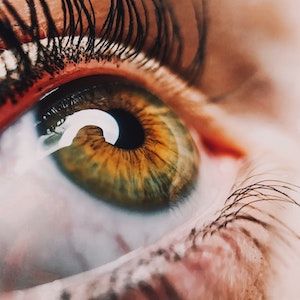Opinion
Video
Rationale for Shorter Endpoints in Biosimilar Clinical Trials
Author(s):
Rishi P. Singh, MD; and Michael A. Klufas, MD, comment on the reasoning behind a shorter primary end point for biosimilar studies.
Rishi P. Singh, MD: We talked a little bit about the COLUMBUS study, and you mentioned, I think interestingly, that this is 1 of the trials which had a very short primary end point. Eight weeks was the primary end point that some of these trials were both best corrected acuity and central subfield thickness. Can you talk a little bit about why that is such a short primary end point? Because we’ve reached the trials that go on for a year or 2, sometimes 3 years, especially for DME [diabetic macular edema] or DR [diabetic retinopathy]. This is very different. Can you explain some of the differences why?
Michael A. Klufas, MD: It’s a really good question. And I think it seems a little foreign to us at first glance. So, to talk in greater detail about the 8-week data point and why it’s so important. The 8-week best corrected visual acuity data point was determined by the FDA as the primary end point. It’s especially sensitive to detect small changes because the rate of improvement for reference ranibizumab is particularly steep in those first 8 weeks. So by evaluating the data in those first 2 time frames, the FDA believes that the odds of seeing a true difference between the efficacy of a biosimilar ranibizumab and the reference ranibizumab, should 1 exist, will be most captured at that 8-week time point.
Rishi P. Singh, MD: And we all know that these responses to anti-VEGF [vascular endothelial growth factor] can happen very rapidly. Like within 7 days, in fact, and some of the ranibizumab early trials, MARINA, ANCHOR, other ones. So we expect to see the same sort of response. We talk about ranibizumab in these studies, in COLUMBUS, and other studies have been completed now where it can be beneficial to see those really short, early changes which occur within that section.
Transcript is AI-generated and edited for clarity and readability.





